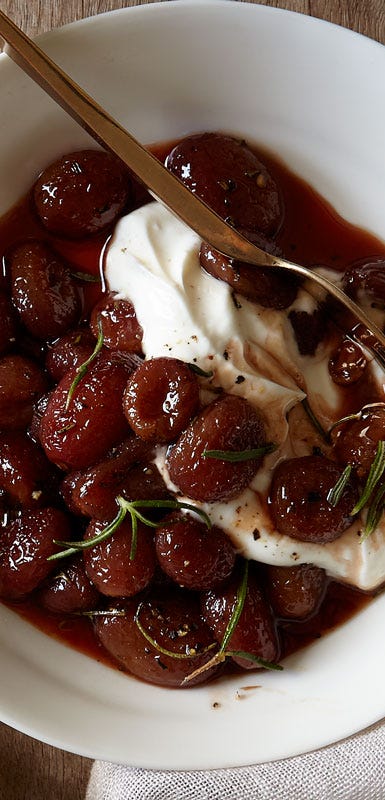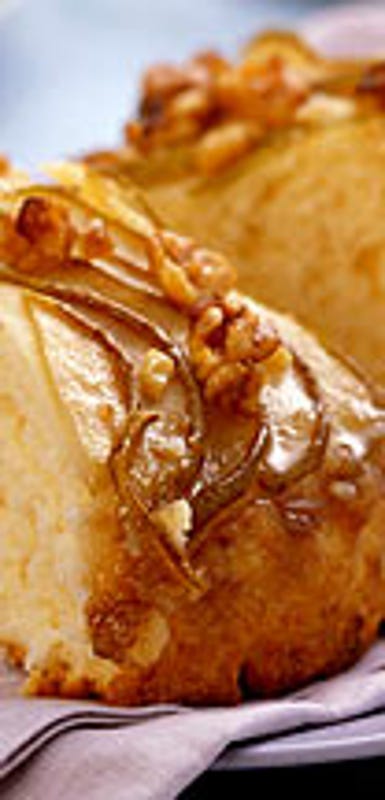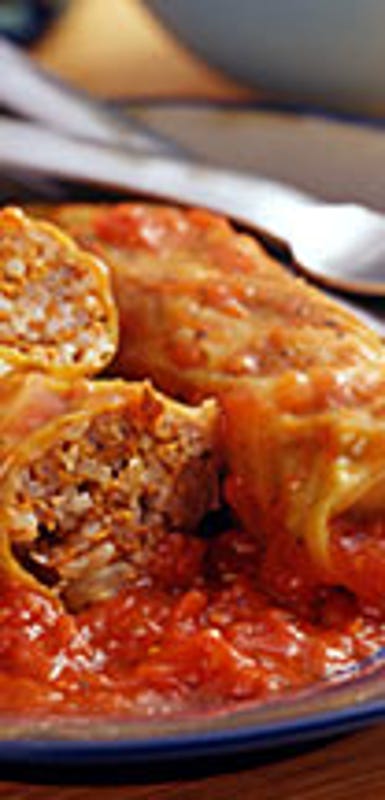Fall Seasonal Produce Recipe Roundup


From apples to potatoes, these are our favourite recipes for celebrating Canadian produce during the autumn months.
Looking for more autumnal inspiration? Honourable seasonal mentions include beets, cauliflower, eggplant, greens, leeks, parsnips, pumpkin, quince, rutabaga, and turnip.
Apples
The ultimate portable snack, apples arrive in early fall with a bang. Whether you pick your own or find them in the produce aisle, you’ll want to try all of these ap-peel-ing options.
Ambrosia apples are crisp and sweet with low-acid and they retain their colour once sliced longer than other types of apples, making them ideal for salads and slaws.
Honeycrisp apples are juicy, crisp and extra sweet — the perfect snacking apple. For best flavour and texture, enjoy fresh (Honeycrisp apples have a higher sugar content, which makes them more prone to spoilage.)
Granny Smith apples are tart and firm, making them ideal for baking.
McIntosh apples are the national apple of Canada! First discovered in Upper Canada in 1811, McIntosh apples are the perfect blend of tart and sweet and are excellent for baking, fresh applesauce and snacking.
Pink Lady apples are tangy and sweet, another great option for baking with or for use on cheese and charcuterie boards.
In addition to these well-loved varieties, keep an eye out for Cortland, Crispin, Empire, Fuji, Golden Delicious, Idared, Northern Spy, Red Delicious, Royal Gala, and Spartan apples.
Try These Seasonal Apple-tizing Recipes:
Grapes
Although the vast majority of grapes grown in Canada are considered wine grapes, early autumn is a fantastic time to sample some of the table grapes grown across the country.
Concord grapes are deep blue in colour with a slip-skin (meaning, the centre of the grape slips out of the skin easily.) Concord grapes, while tasty, can be difficult to find in grocery stores because of their short shelf life.
Coronation grapes are bright blue, sweet and thick-skinned. They can be used to make jelly, pies and other baked goods and are also delicious when eaten out of hand.
Venus grapes are dark purple and sweet, the result of cross-breeding between a selection of quintessential North American grapes and European Muscat grapes. Venus grapes look stunning on a cheese board and are also ideal in recipes for grape jelly.
Make Your Next Grape a Memorable One:
Pears
In addition to the following varieties, imported Asian pears are also available once autumn rolls around.
Bartlett pears are recognizable by their green skin and meltingly tender, sweet flesh when ripe. They are an all-purpose pear, suitable for baking, roasting and eating fresh.
Bosc pears are crisp and sweet with ivory-coloured flesh and greenish-brown skin. Thanks to their firm texture, Bosc pears work well in pies and salads and are delicious when enjoyed fresh as a snack.
Red Anjou pears (often labelled as red pears) are available later in the season, usually showing up in grocery stores in early November. When ripe, Red Anjou pears are sweet and creamy, making them an excellent choice for poaching or making pear sauce.
Get Inspired by These Perfect Pear Recipes:
Brussels Sprouts
Canadian growers harvested a whopping 8,310 metric tons of Brussels sprouts in 2020 alone, up from 6,390 metric tons in 2019. One of the biggest appeals of these pint-sized sprouts? They’re strongly flavoured, which means they can stand up to ingredients like pancetta, balsamic vinegar and toasted nuts. If your only experience with this cruciferous vegetable has been, up until now, boiled and on the smelly side, give these mouthwatering recipes a try.
Give These Flavour-Packed Sprouts a Try:
Cabbage
In Canada, cabbage is harvested as “summer cabbage” or “winter cabbage.” Winter cabbage, which can be red or green, is denser, has tighter leaves and can be stored for a longer period of time (up to 10 months.) Winter cabbage is ideal for slaws, sautes and braising, especially when combined with acidic ingredients such as vinegar or citrus juice. Napa cabbage, which is much more tender, is best in recipes for stuffed cabbage or used as a wrap for Asian-inspired fillings.
Carrots
Carrots are more than a means to your favourite dip, they’re also a highly nutritious and versatile ingredient that can be used in soups, slaws and baked goods. While traditional orange carrots are still the most common, keep an eye out for yellow, red and purple options at the farmers market or grocery store.
Potatoes
Russet potatoes are a great choice for homemade French fries or baked potatoes, but you’ll also want to give these in-season varieties a try, too.
Fingerling potatoes refer to any type of small potato that grows into a narrow shape. Fingerling potatoes are quite dense compared to other small varieties, and will keep their texture and shape when roasted or used in potato salads.
Red potatoes are waxy potatoes that have thin red skin and white, mildly sweet flesh. Because they keep their shape relatively well, they’re best suited to soups and salads.
New or white potatoes are small, have tan-coloured skin and white flesh. New potatoes are low in sugar with a creamy texture, making them a good fit for boiling, frying or steaming.






















































